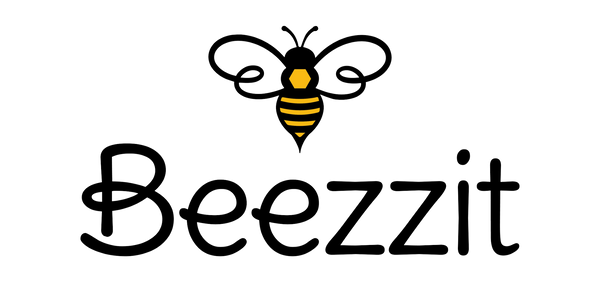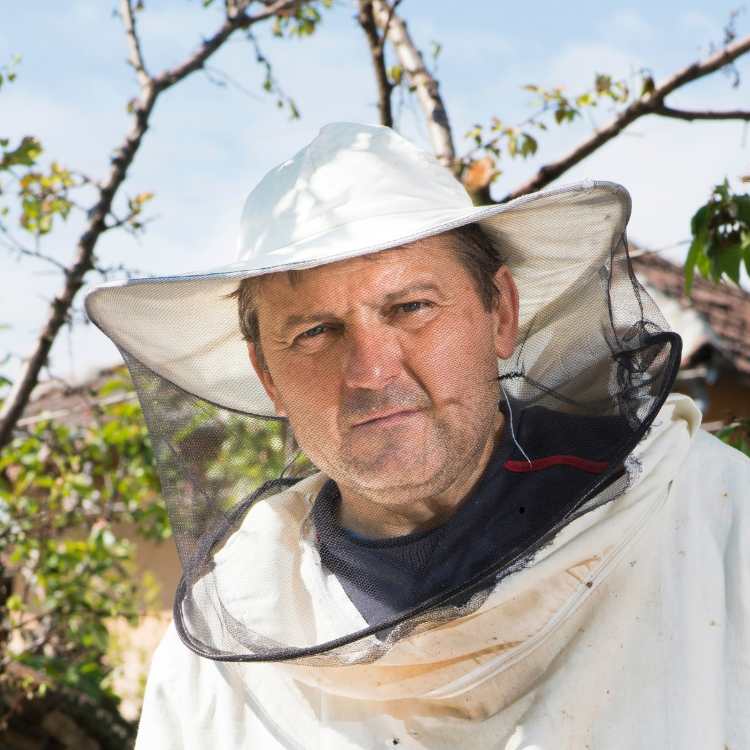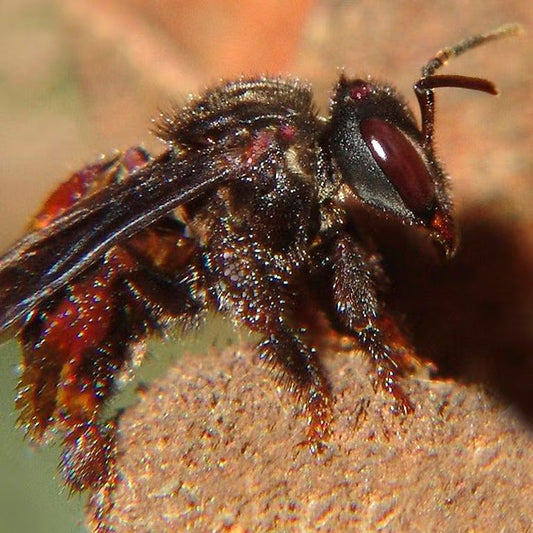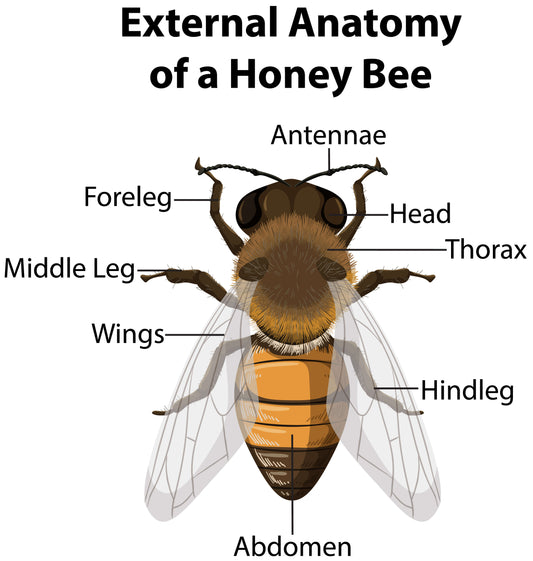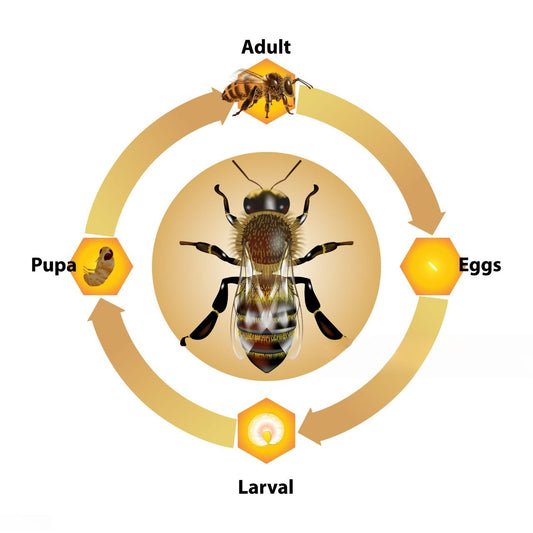If I were to ask you to think of a bee, what do you think of? For most of you, the images of flowers, nectar, and golden jars of honey immediately come to mind. But, if you were to look deeply inside the tropical forests of Central and South America, you might be lucky enough to see a rather unusual type of bee. A bee that is not merely evolved but also seems to have developed a taste for flesh rather than flowers.
Yes, it’s not a typo. These carrion feeders, more commonly known as vulture bees, create a very unique substance unlike anything else in the insect world. Introducing meat honey.
Enter the world of vulture bees
Vulture bees thrive in warm, humid habitats where carrion is plentiful. They are part of the stingless genera such as Trigona and Lestrimelitta. What sets them apart is their foraging habits, where instead of looking for flowers, they swarm over animal carcasses and carve tissue with their sharp mandibles. Evolution has equipped them with:
- Extra tooth like structures to cut flesh efficiently.
- Reduced pollen baskets, since they carry protein instead of pollen.
- Gut microbes are quite similar to scavengers like hyenas. This helps to safely digest the rotting meat.
These unique adaptations allow them to recycle animal matter quickly, which places them in a very unusual but vital role in their ecosystems.
How do they make meat honey?
What is really interesting about vulture bees is their ability to turn carrion into meat honey. First, the vulture bees strip the flesh from a carcass they find. Next, it is transported back to the hive.
Inside the hive, the material undergoes biochemical processing inside their bodies before being stored in small wax pots. Slowly, the enzymes and microbial action transform it into a dense, honey like secretion.
Meat honey vs flower honey
In contrast to the sugary nectar-derived honey we all know and love, meat honey is
- Darker in color
- Rich in protein and amino acids rather than sugars
- Described as having a smoky, salty, and savory taste rather than being sweet.

Why do vulture bees make meat honey?
To understand the value of meat honey, we need to look at its evolutionary necessity. In regions with dense forests, nectar is not always abundant year-round. Carcasses, on the other hand, are plentiful and are a reliable source of protein.
By producing a storable, semi-liquid food from meat, the vulture bee has created a very powerful survival system that gives it a differentiating edge among other species of bees.Function of meat honey in the hive
- Acts as a long term protein reserve.
- Provides nourishment for larvae that require high protein diets.
- Supports colony survival during nectar shortages.
The microbiology behind meat honey
Arguably, the most astonishing feature might be the very microbiome of the bees. The intestinal tract of a vulture bee is very acidic and full of bacteria that can safely digest carrion. These microbes are similar to those in scavengers like vultures, hyenas, and many others. Without this specialized gut community, the bees would simply die from the pathogens present in decaying flesh.
That meat honey is effectively just a byproduct of the digestion. It's a protein-rich secreted substance stored in the hive.
Can humans eat meat honey?
Entomologists have experimented with tasting meat honey. And the descriptions are interesting. Some note a smoky flavor while others dismiss it as downright pungent. But, in reality, it is not so suitable for human consumption. Unlike flower honey or bee bread, which bees overproduce, vulture bees make only enough to sustain their own colony. Harvesting it could deprive the bees of their primary survival food.
Plus, the unique microbial community that helps them produce meat honey is not compatible with the human digestive system. For us, it is more of a subject of scientific wonder than a dietary option.The ecological role of vulture bees
The vulture bees and the meat honey they produce play a very underappreciated role in forest ecosystems. By stripping carcasses quickly, they prevent the spread of harmful bacteria and parasites that thrive in decaying tissue. This process helps speed up the breakdown of organic material and nutrient cycling in order to maintain an ecological balance.
A few ecological contributions include:- Decomposition of dead animals at a fast rate.
- Natural suppression of pathogenic microbes present in decaying animals.
- Recycling of nutrients back into the forest.

Closing thoughts
As a beekeeper myself, I find the story of meat honey very deeply humbling. While honeybees give us the gift of sweetness from flowers, vulture bees demonstrate the resilience of life by crafting nourishment from decay. Something truly wonderful. It’s unlikely their odd honey will ever make it to a store shelf. However, it fills an important role in the great scheme of ecosystems.
Next time you think about bees, remember that not all honey is golden and sweet. Some honey is smoky, filled with protein, and derived from the flesh of the forest. That is the wondrous legacy of meat honey.